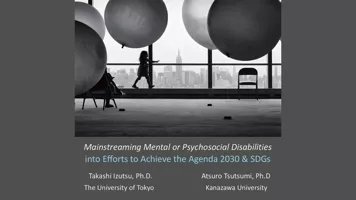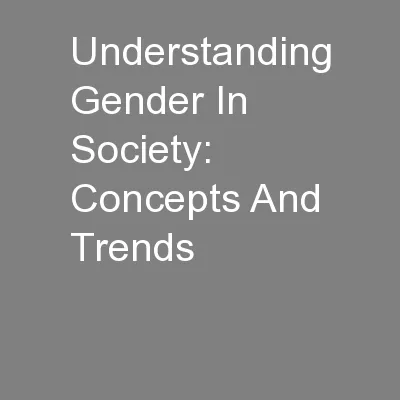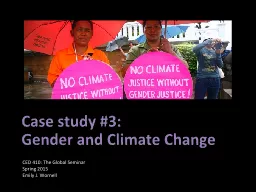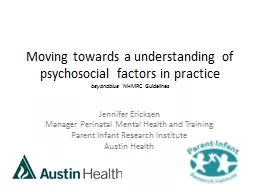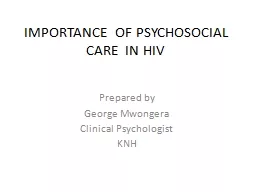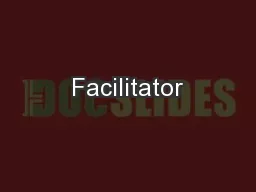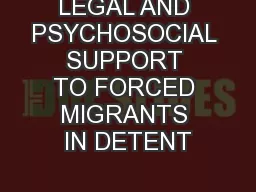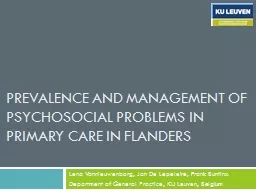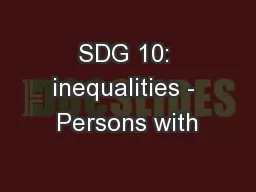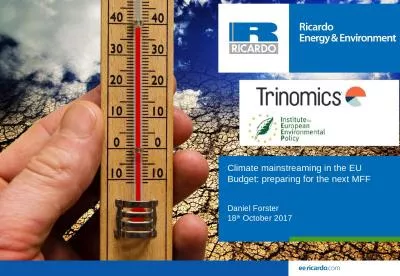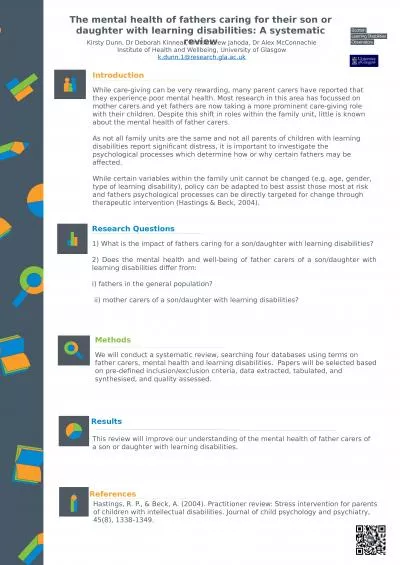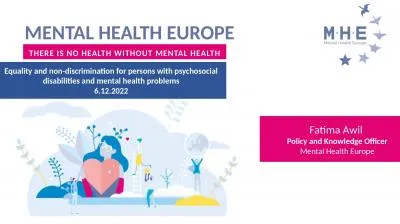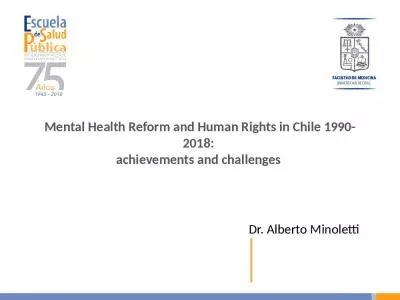PPT-Mainstreaming Mental or Psychosocial Disabilities
Author : marina-yarberry | Published Date : 2018-12-08
into Efforts to Achieve the Agenda 2030 amp SDGs Takashi Izutsu PhD Atsuro Tsutsumi PhD The University of Tokyo Kanazawa University
Presentation Embed Code
Download Presentation
Download Presentation The PPT/PDF document "Mainstreaming Mental or Psychosocial Dis..." is the property of its rightful owner. Permission is granted to download and print the materials on this website for personal, non-commercial use only, and to display it on your personal computer provided you do not modify the materials and that you retain all copyright notices contained in the materials. By downloading content from our website, you accept the terms of this agreement.
Mainstreaming Mental or Psychosocial Disabilities: Transcript
Download Rules Of Document
"Mainstreaming Mental or Psychosocial Disabilities"The content belongs to its owner. You may download and print it for personal use, without modification, and keep all copyright notices. By downloading, you agree to these terms.
Related Documents

